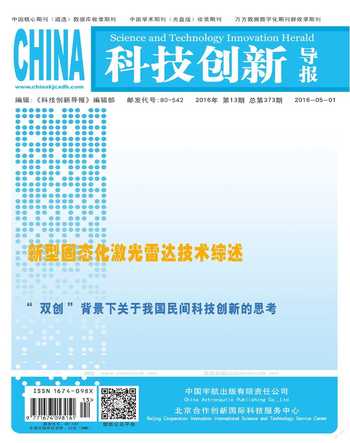卫星导航空间信号完好性监测方法研究
李锐
摘 要:随着卫星导航系统的不断发展和完善,在定位精度提升的同时,对系统完好性的研究受到越来越多的关注。GPS现代化中的一个重要变化,就是将电文中的用户距离精度(URA)定义为空间信号完好性监测参数,并对其定义、精度、参数设置和使用方式进行了变化。针对这些变化,利用IGS的GPS广播和精密星历,处理2001—2012年间的所有卫星实测数据,分析星历/星钟误差和用户距离误差(URE)的变化情况,利用“包络”和空间误差椭球的概念解释了URA演化的原因。给出了用户端使用URA进行定位解算和水平保护级计算的过程,并分析了URA的这些变化对用户端使用的影响。
关键词:卫星导航 完好性 空间信号 GNSS Integrity SIS
Abstract:With the development of satellite navigation system,the positioning accuracy has been improved much and integrity performance is attracting more and more attention.An important change in GPS modernization is that it defines the message′s user range accuracy(URA) as the signal-in-space integrity monitoring parameters,with the change of its definition,precision,parameter settings and using method. In response to these changes,the IGS′s GPS broadcast and precise ephemeris are used to analyze.Ephemeris/satellite clock error and user range error(URE) of 2001—2012 are calculated to summarize the changing trend.The concept of"bound"and spatial error ellipsoid are both used to explain the reason of URA′s evolution.What′s more,with the introduction of algorithm of user′s position and horizontal protection level calculation,the analysis of URA changes influence on user are given.
Key Words:GNSS;Integrity;SIS
閱读全文链接(需实名注册):http://www.nstrs.cn/xiangxiBG.aspx?id=51165&flag=1

